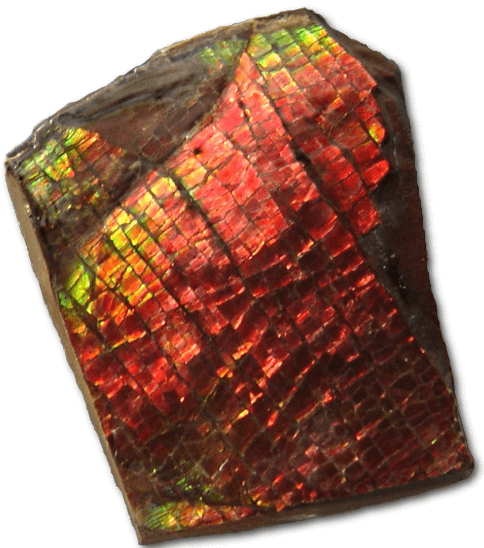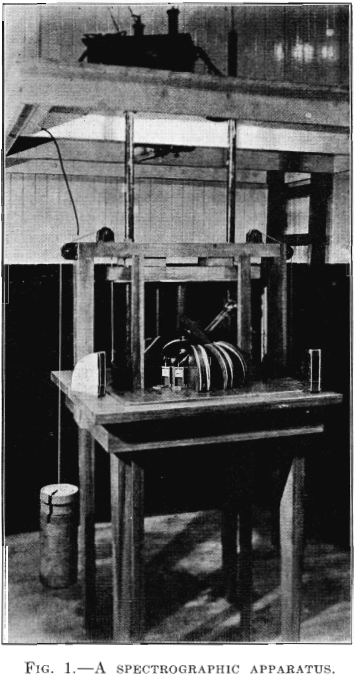Microscope in Mining Engineering
The valuable results that have followed the application in recent years of microscopic methods of research to problems of ore genesis have been significant, but possibly the recognition of their practical importance is not as general as might be, and while, as a scientific method of investigating ores and rocks, the advantage derived through the […]
Ammolite

Ammonite is an iridescent gem formed within an ancient marine fossil for which it was named—ammonite. Originally discovered by the Blackfoot Indians, ammolite is mined only in Southern Alberta, Canada. Most ammolite is assembled into doublets or triplets to increase durability because solid ammolite is usually thin and fragile, If it’s untreated and solid, ammolite is usually priced per […]
Iron Crystallography
We have already devoted two previous memoirs to this question. In the first we collated and discussed the existing literature on the subject; in the second, we described the crystalline forms obtained by the reduction, at different temperatures, of ferrous chloride by hydrogen or by zinc-vapor. The conclusion from these researches was that the three […]
List Minerals Containing Phosphoric Acid
The occurrence and distribution of phosphorus is one of the most important questions with which the steel-maker has to do. Large sums are invested in processes for the removal of this element from ores before they come to the blast-furnace, and much greater sums in freeing the pig-iron from it. Mechanical engineers are becoming more […]
Mineral Identification by Spectroscopy

FIG. 35 gives an idea of the spectroscope and of its different parts. P is a flint glass prism, having a refracting angle of 60° and resting on a brass plate fixed on a brass support, S. The brass plate carries the collimator tube C, in the end of which nearest to the prism is fixed […]
Properties of Gold & Alloys

From very early times the ancients were attracted by the beautiful colour, the brilliant lustre, and the indestructibility of gold, and spared no pains in the endeavour to acquire it. In the code of Menes, who reigned in Egypt in 3600 B.C. or about 2000 years before Moses, the ratio of value between gold and […]
Crystallisation of Gold

Gold crystallises in the cubic system, occurring frequently in nature in the form of cubes, octahedra and rhombic dodecahedra. Cleavage is never exhibited. Single detached crystals are comparatively rare, and the crystals are usually attached end to end, forming strings, and branching, arborescent, or moss-like masses, which are composed of microscopic crystals, usually octahedra. These […]
Descriptive Mineralogy Classification

Scope of Descriptive Mineralogy. — It is the province of Descriptive Mineralogy to describe each mineral species, as regards: (1) form and structure; (2) physical characters; (3) chemical composition including blowpipe and chemical tests; (4) occurrence in nature with reference to geographical distribution and association with other species; also in connection with the above to […]
Crystal Structure using X-ray Spectrometer

“It would seem as if the methods used to date for the elucidation of this complex problem have yielded all they are capable of yielding and that further straining of these methods will only serve to confuse the issue, the point having been reached when this juggling, no matter how skilfully done, with allotropy, solid […]
